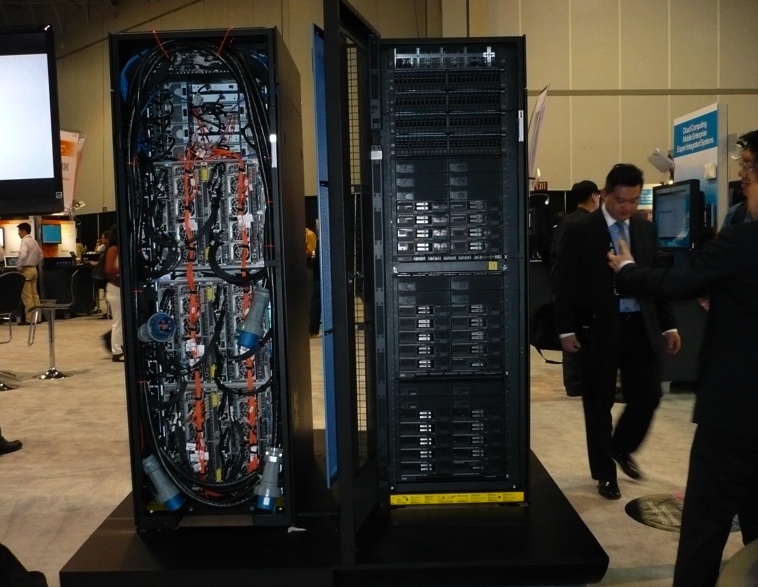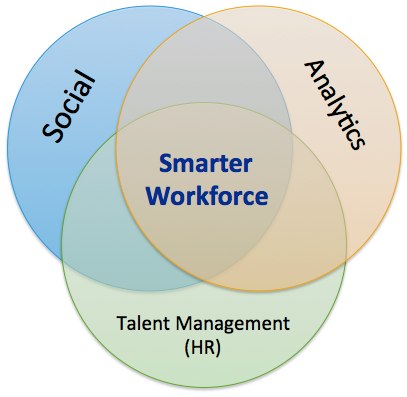To be competitive in today's tough economy climate, IT organizations need to find ways of delivering innovative business services while taking cost out of their operations. IT costs are normally categorized as operating expense and capital expense, and effective cost containment requires the right balance between the two.
To reduce capital expense, many IT organizations have turned to virtualization, the ability to pool and share IT resources. Pooling resources reduces capital expense of hardware, software and facilities. Less infrastructure, and correspondingly, less energy is required to deliver the same quality of service.
Standardization on a common software stack, common operational policies, service delivery and management processes, is considered one of the most effective ways of reducing operating expense. With standardization and automation, less human resources and skill is required to deliver the same quality of service. Expertise is generally recognized as one of the fastest growing piece of the IT spend.
Addressing standardization and virtualization is key to reducing infrastructure costs, while meeting the dynamic needs of the business. With increased infrastructure standardization, organisations are able to achieve greater economies of operating expense. Similarly, IT organizations that leverage virtualization within their infrastructure realize greater economies of capital expenditure.
Leading IT vendors have been ceasing on this opportunity to support a closer alignment of IT to the business. IBM's Expert Integrated Systems were motivated by the increasing need for IT organisations to achieve cost optimization.
They are built on industry standards and designed to enable organizations to accelerate cloud adoption. Cloud computing enables business agility, making it possible for organizations to improve service delivery by applying engineering discipline and economies of scale in an Internet inspired architecture. Expert Integrated Systems can be deployed in a customer controlled private network to drive efficiency, while retaining control and customization in a private cloud model.
To reduce capital expense, many IT organizations have turned to virtualization, the ability to pool and share IT resources. Pooling resources reduces capital expense of hardware, software and facilities. Less infrastructure, and correspondingly, less energy is required to deliver the same quality of service.
Standardization on a common software stack, common operational policies, service delivery and management processes, is considered one of the most effective ways of reducing operating expense. With standardization and automation, less human resources and skill is required to deliver the same quality of service. Expertise is generally recognized as one of the fastest growing piece of the IT spend.
Addressing standardization and virtualization is key to reducing infrastructure costs, while meeting the dynamic needs of the business. With increased infrastructure standardization, organisations are able to achieve greater economies of operating expense. Similarly, IT organizations that leverage virtualization within their infrastructure realize greater economies of capital expenditure.
Leading IT vendors have been ceasing on this opportunity to support a closer alignment of IT to the business. IBM's Expert Integrated Systems were motivated by the increasing need for IT organisations to achieve cost optimization.
They are built on industry standards and designed to enable organizations to accelerate cloud adoption. Cloud computing enables business agility, making it possible for organizations to improve service delivery by applying engineering discipline and economies of scale in an Internet inspired architecture. Expert Integrated Systems can be deployed in a customer controlled private network to drive efficiency, while retaining control and customization in a private cloud model.
.jpg)





















